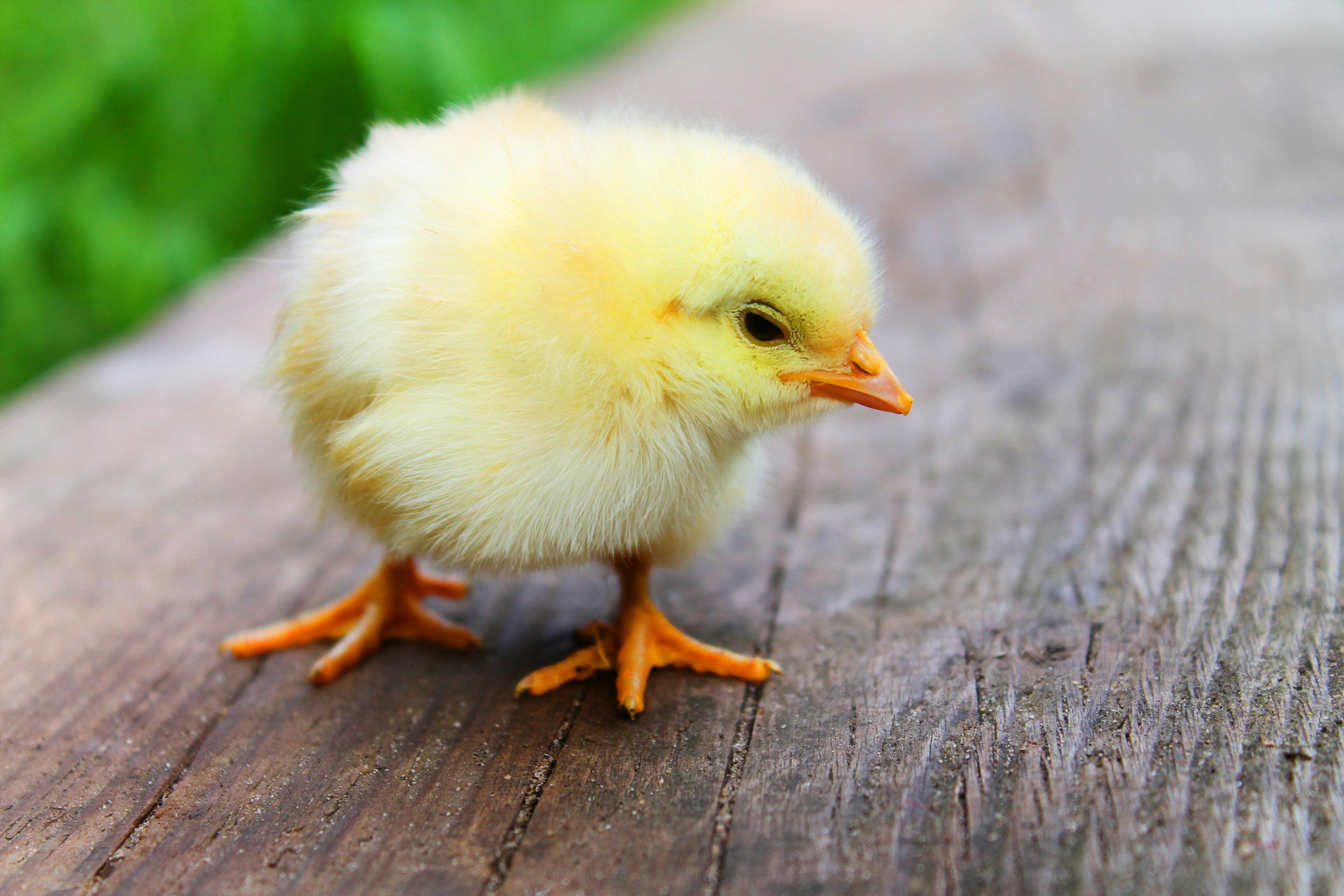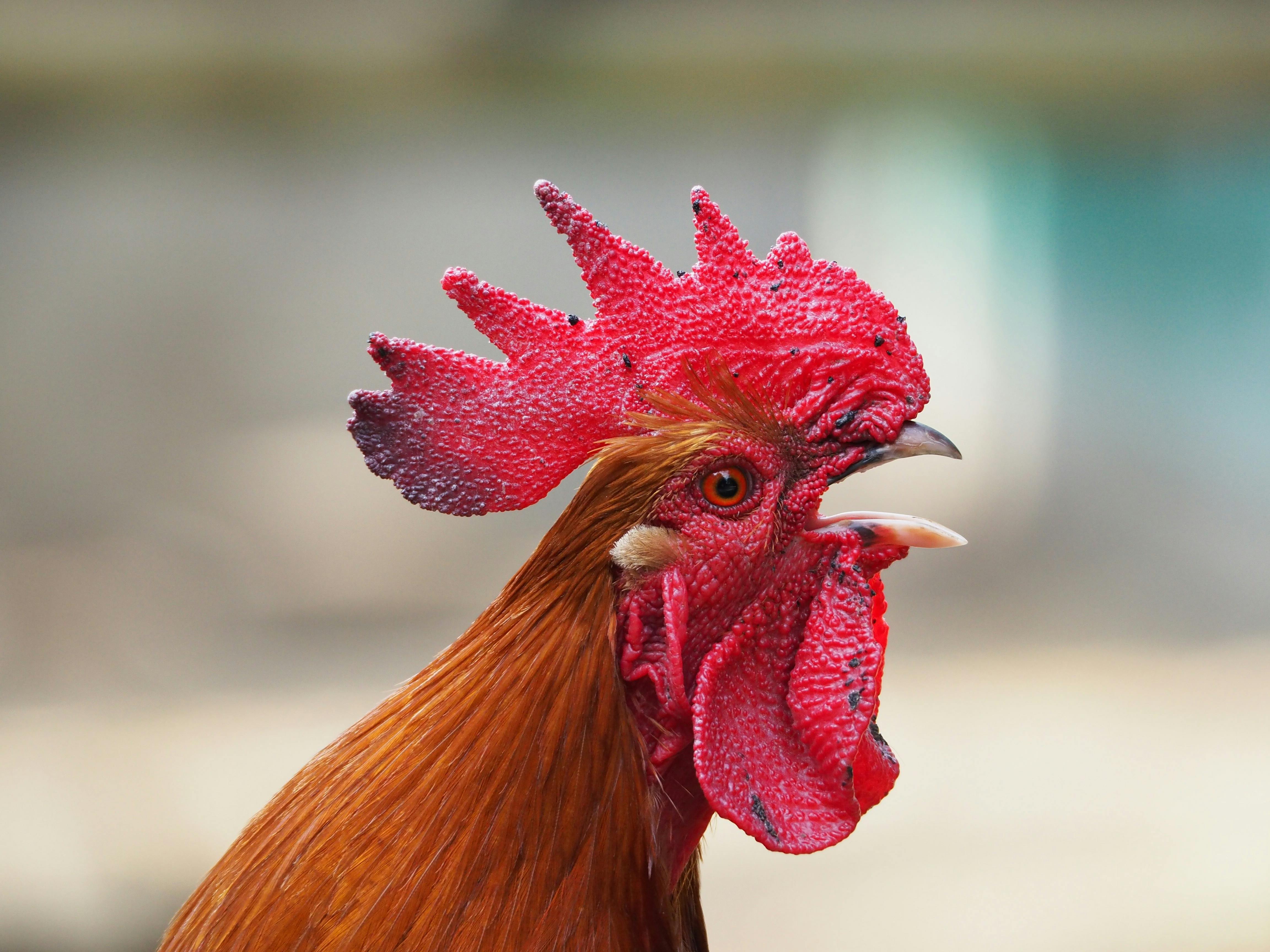The prairie chicken is a species of grouse found in North America. It is a medium-sized bird, with males being larger than females. They are characterized by their brownish tail feathers and yellowish-orange throat patches. They are ground-dwelling birds, preferring areas of open grassland or prairie. Their diet consists mainly of seeds and insects. Prairie chickens are known for their elaborate courtship display, in which they puff out their chests and make loud booming calls.The Prairie Chicken is a species of grouse, native to North America. It is found in tall grass and mixed-grass prairies, and also in agricultural fields and pastures. Its diet consists mostly of insects, seeds, and small plants. The Prairie Chicken has a characteristic courtship display that involves loud calls and intricate foot stomping patterns. The male has a bright yellow-orange air sac on its neck that it inflates during mating season to attract females.
Contents
Taxonomy
The prairie chicken (Tympanuchus cupido) is a species of grouse that is native to North America. It belongs to the family Phasianidae and is part of the order Galliformes. The prairie chicken is closely related to other members of its genus, including the sharp-tailed grouse and lesser prairie chicken. Its scientific name, Tympanuchus cupido, comes from the Greek words tympanon, meaning “drum,” and kupidos, meaning “desire.”
Characteristics
Prairie chickens are medium-sized birds. Adult males have a distinctive reddish-brown head and neck, black breast and white throat markings. The body is grayish-brown with barred black and white feathers. Females are similar in appearance but duller in coloration. Both sexes have short tails with pointed tips. Prairie chickens also have long, yellow legs and feet, as well as large eyes with yellow irises. They measure between 39–44 cm (15–17 in) in length with an average weight of 850 g (30 oz). Prairie chickens are capable of flight but prefer to walk on the ground or run when disturbed.
Habitat and Distribution of Prairie Chicken
The Habitat and Distribution of Prairie Chicken is mostly found in the North American grasslands. Prairie Chicken lives in open grasslands, savannahs, or shrublands with sparse trees or brushy vegetation. They can also be found in agricultural fields, pastures and hay meadows. They are most common in the Midwestern and Great Plains regions of the United States, including states like Texas, Oklahoma, Kansas, Nebraska and South Dakota.
They prefer habitats with areas of tall grasses for nesting and roosting as well as plenty of areas to forage for food. The best habitat for them is a mixture of different heights of vegetation – short grasses and tall prairie grasses. This allows them to hide from predators while still having plenty of insects to eat. Prairie Chickens need an abundance of bare ground so they can scratch for food items like seeds and invertebrates.
Prairie Chickens are highly social birds that form large flocks when they gather to feed or migrate during winter months. These flocks may include hundreds to thousands of birds that travel together over large distances. Migratory flocks are usually composed of the same species but may also contain other grouse species like Greater Sage Grouse or Sharp-tailed Grouse. Migration patterns vary from year to year depending on weather conditions and available food sources.
Over the years, their numbers have decreased due to habitat destruction from agricultural development, urban sprawl and other forms of human activity that convert their natural habitats into more developed lands. Prairie Chickens are listed as threatened species in some states, including Texas where their numbers have declined dramatically over the last few decades due to habitat loss. Conservation efforts have focused on protecting existing populations by preserving their habitat through land management practices such as controlled grazing or burning which can promote healthy vegetation growth necessary for these birds to thrive.
Prairie Chicken Feeding Behavior
The prairie chicken is an interesting species of bird. Its feeding behavior is notably distinctive. One of the most fascinating aspects of its feeding habits are the seasonal changes it undergoes. During the day, prairie chickens graze and forage for insects, seeds, and small plants in open grasslands. At night, they roost in trees or on the ground to rest and sleep.
During the winter months, prairie chickens feed mostly on seeds and other plant material that can be found on or near the ground. They also consume insects such as grasshoppers and crickets when available. In the spring, they switch to a diet consisting of insects, berries, and buds from trees and shrubs. As summer approaches, their diet shifts again to include more insect larvae found in the soil as well as some vegetation from grasses and wildflowers.
Prairie chickens are not known to be migratory birds but they still travel great distances in search of food depending on the season. In fact, they can travel up to 40 miles a day during peak migration periods in order to find food sources that are more abundant than their current location. This behavior helps them survive during times when food is scarce and also allows them to find new sources of sustenance when their current location becomes depleted.
Prairie chickens are an integral part of our ecosystem and their unique feeding behavior plays an important role in maintaining balance within it. By traveling long distances in search of food resources, these birds help ensure that no one area becomes over-grazed or over-exploited by a single species of bird or animal. They also provide essential nutrients for other animals within their habitat by consuming insects that may otherwise become pests if left unchecked. This is just one example of how these fascinating birds help maintain balance within our environment and it is an important reminder that we must do our part to protect them from extinction if we wish to keep these benefits intact for future generations.

Prairie Chicken Migration Patterns
The Prairie Chicken is a species of grouse that can be found across the North American continent. It is well known for its annual migration pattern, wherein the birds will flock from their winter homes in the south to their summer breeding grounds in the north. This yearly migration often covers hundreds of miles and has been studied extensively by biologists and wildlife researchers.
In general, Prairie Chickens migrate in large flocks during mid-spring and early summer months. The exact timing of this migration can vary slightly each year, depending on weather patterns, food availability, and other factors. The birds typically begin their journey in southern states such as Texas, Oklahoma, and Kansas before heading northward towards Canada and Alaska. Along the way, they often stop to feed or rest in areas such as Nebraska and South Dakota.
Once they reach their northern breeding grounds, Prairie Chickens tend to disperse into smaller flocks or pairs for nesting purposes. After a few months of breeding and raising young chicks, the birds then begin their southward journey again in late summer or early fall months. This southward migration often follows a similar path as the northward one, with some variations depending on local conditions.
The Prairie Chicken’s annual migratory pattern has been studied extensively by biologists over many years. In particular, they have looked at how different conditions affect the bird’s movements and behavior during this time of year. For example, researchers have found that more favorable weather conditions can lead to earlier migrations while colder temperatures can delay it.
Overall, Prairie Chicken migration patterns provide valuable insight into bird behavior and ecology. By studying these patterns closely, biologists are better able to understand how human activities may be affecting wildlife populations over time.
Predators
Prairie chickens have several natural predators, such as hawks, owls, coyotes, foxes and skunks. These animals hunt and feed on prairie chickens and their eggs. In addition to this, large cats such as mountain lions and bobcats will occasionally hunt adult prairie chickens. Crows and ravens are also known to take eggs from nests, which can significantly reduce the success of a nesting pair.
Threats
The primary threat to prairie chicken populations is habitat loss. Prairie chickens need large areas of grasslands and open areas for nesting. As land is developed for human use, these habitats are being lost or degraded in many areas. In addition to this, overgrazing of livestock can reduce the amount of available grassland for prairie chickens to nest in or feed off of. Other threats include diseases such as West Nile virus which can affect populations in certain areas.
Human activities that are associated with prairie chicken habitat loss include urban sprawl, agricultural development and energy production such as oil drilling or wind farms. These activities cause direct or indirect damage to the habitat that prairie chickens depend on for survival. In some cases, habitat restoration projects may be necessary in order to restore lost habitats or provide new areas for prairie chickens to inhabit.
Conservation Status of Prairie Chicken
The conservation status of the prairie chicken has been a concern for many years. The population of these birds has been steadily declining due to habitat loss, fragmentation, and over-hunting. The prairie chicken is currently listed as a species of Least Concern on the IUCN Red List, meaning that while they are still relatively abundant, they are facing a potential population decline in the future.
The US Fish and Wildlife Service (USFWS) list the Greater Prairie Chicken as a threatened species under the Endangered Species Act. This species is protected from hunting, and it is illegal to harass or harm them in any way. Habitat protection is also essential for their survival, as their natural grassland habitats are being destroyed by development and agricultural activities.
Several conservation programs have been established to protect the prairie chicken from further declines in population. The USFWS provides funding for research and management efforts aimed at protecting this species, as well as providing incentives for landowners to conserve their grassland habitats. Additionally, several states have established voluntary conservation agreements in which landowners agree to protect prairie chickens on their land in exchange for financial benefits.
In order to ensure that prairie chickens remain abundant in the future, continued conservation efforts are necessary. Landowners can play an important role by preserving native grasslands on their property and avoiding activities that could harm or disturb these birds. Additionally, supporting organizations that focus on prairie chicken conservation can help ensure that this species will remain a part of our natural world for years to come.

Conclusion
Prairie chickens are a species of grouse indigenous to the North American Great Plains. Found in grassland and shrubland habitat, they are keepers of the prairie and important components of the fragile ecosystem. They are a sight to behold, with their colorful plumage and elaborate mating rituals, as well as their loud, booming calls that can be heard echoing across the plains. Prairie chickens have an important place in North American culture and history, with their presence in Native American folklore and their importance to hunters. As development continues to threaten their natural habitat, conservation efforts must be made to protect this unique species for future generations.
The prairie chicken is a unique species that has been part of North America’s great plains for centuries. It is an important part of the fragile ecosystem of its habitat, providing valuable resources for other animals and playing a significant role in native cultures. The future of this species depends on continued conservation efforts that protect its habitat and promote healthy populations throughout its range. With a little help from humans, prairie chickens will continue to thrive on the plains for years to come.

0 Comments